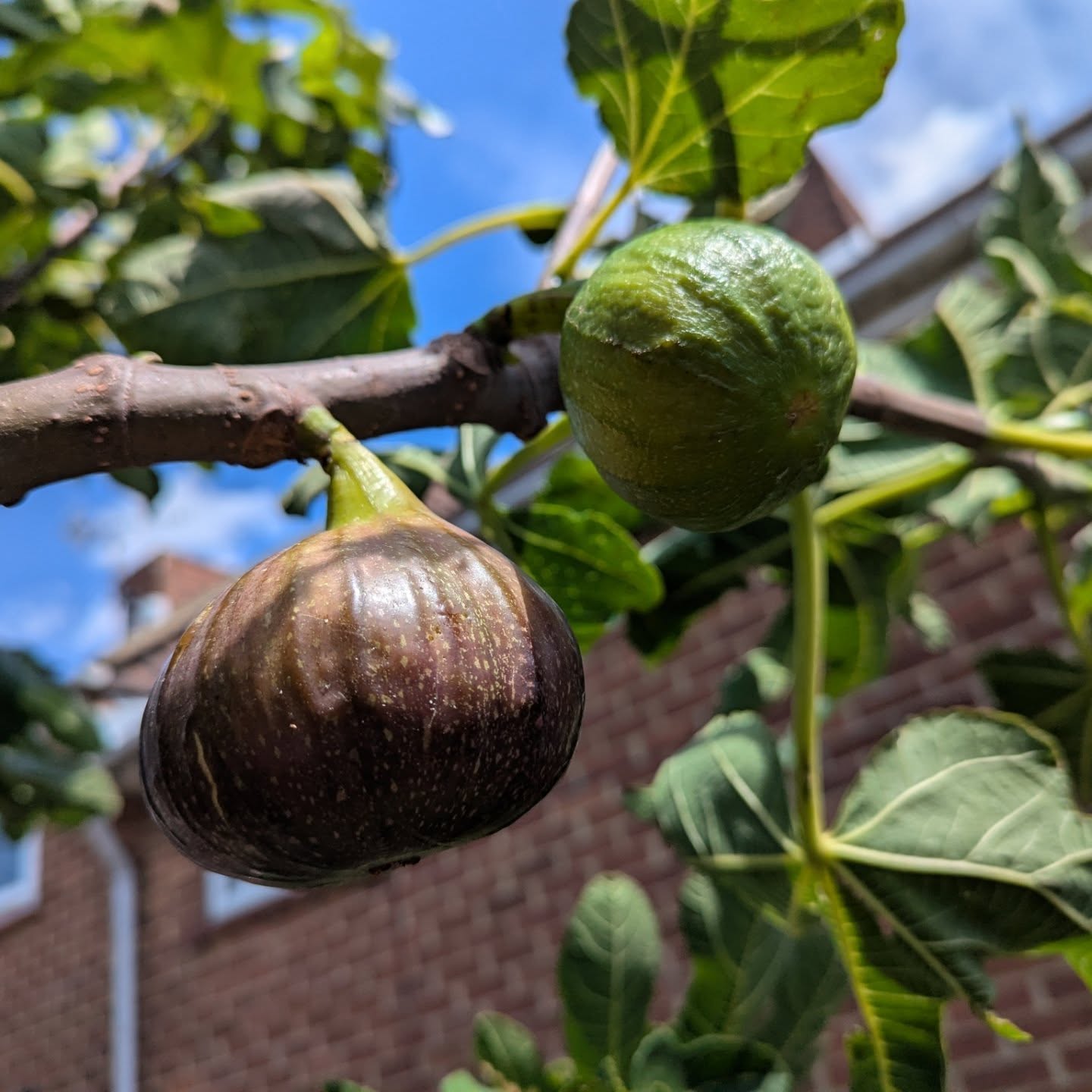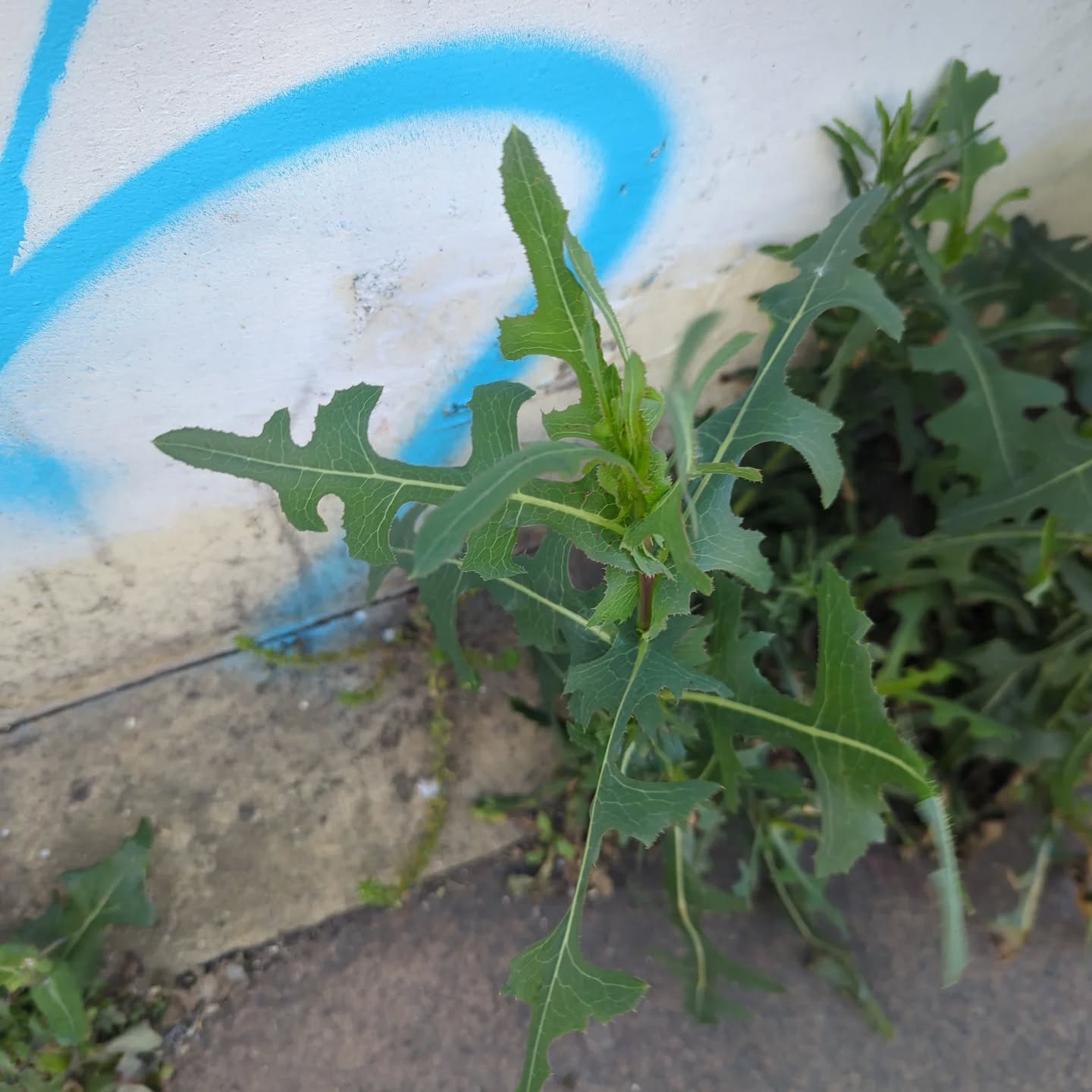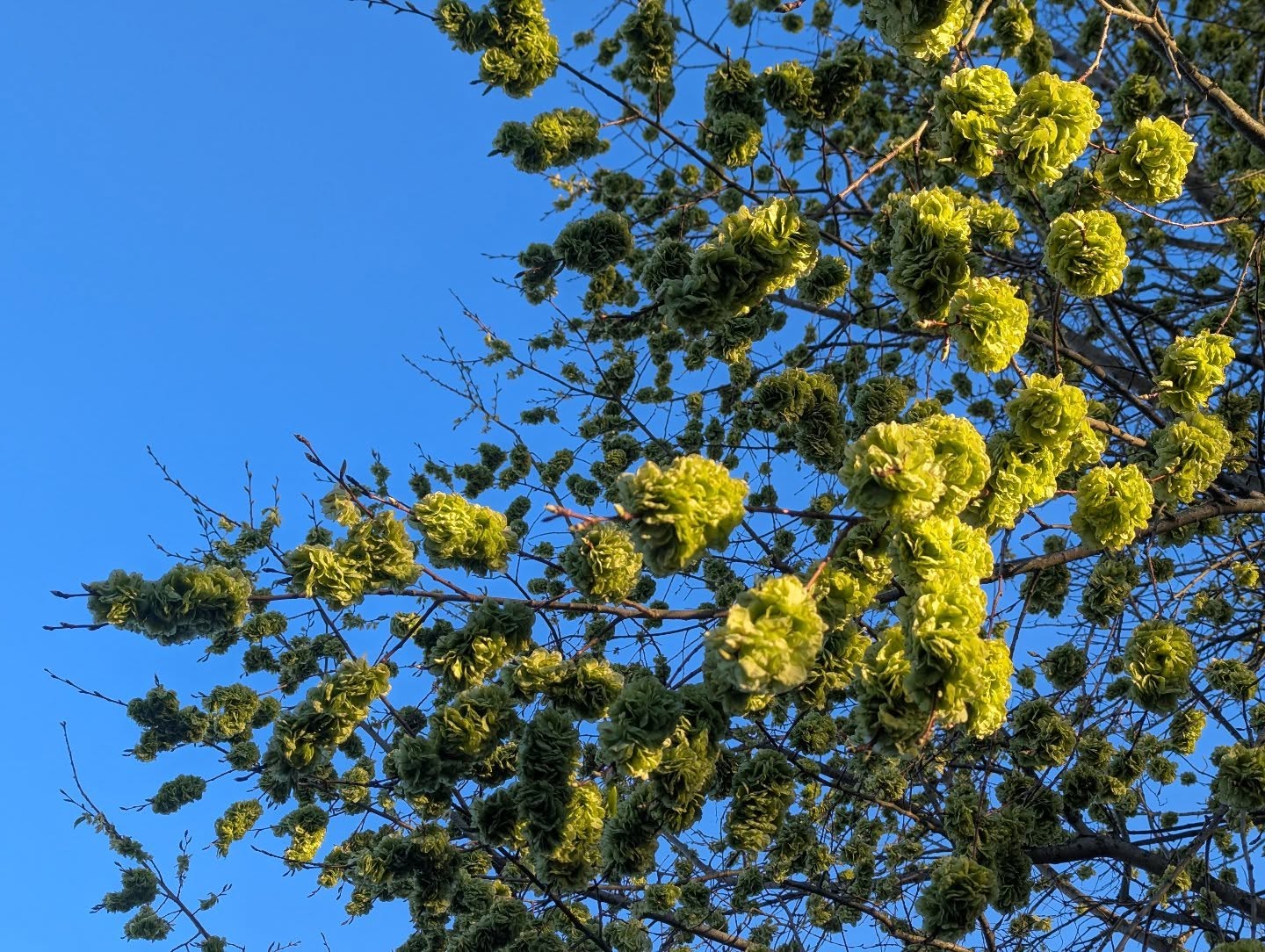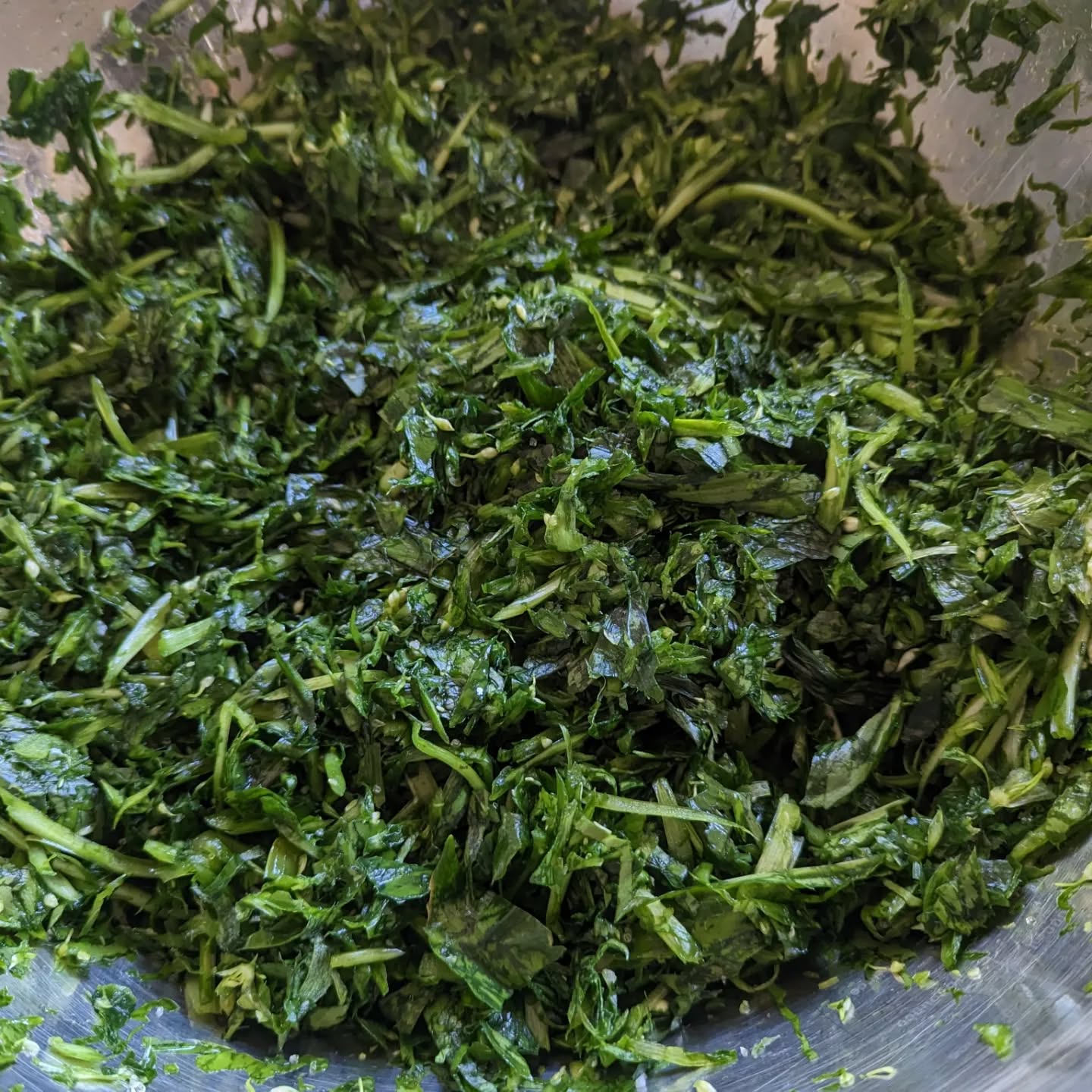· James Torr · Personal · 2 min read
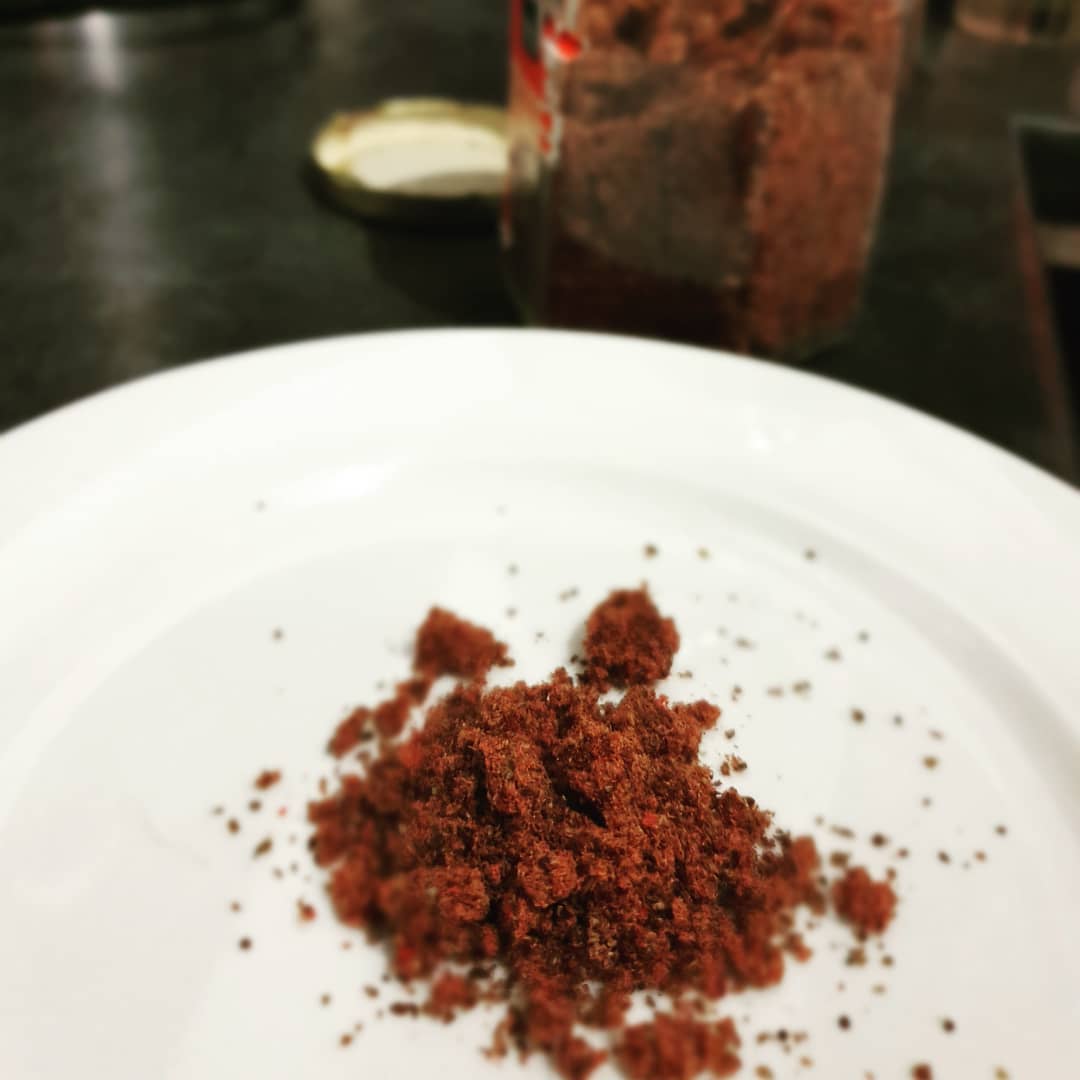
Foraged sumac.
Foraged sumac. Not much out this time of year apart from sloes and rosehips. First time processing these, around about 10 quite large buds filled a jar, took about 1hr total to get through. My method was:
- Pick. Leave any mouldy
- Dry full buds for 6hrs in a dehydrator, overnight would be fine if you don’t have one.
- Break the buds up (actually I think they’re clusters of seeds rather than new leaves, but they look a bit like a less legal ‘bud’), remove as much of the woody material as possible.
- Wizz in a blade food processor. Not too long, 20-30 seconds or so. If you look at the blend, you’ll start to see the seeds. Blending will separate the seeds from the outer “hairy fruit”, the spice you want. The seeds are super robust so don’t get damaged by the blades, this works a treat.
- Use a regular sieve to separate the sumac spice from the seeds. This will take a while and you may want to chuck it back in the blender for a few more pulses.
- Dehydrate for another 6hrs or so. Or leave out for 24-36hrs. Some stuff you really know when it’s dry as it drastically changes either colour or weight, it’s a little hard to tell with sumac so I think I dried it in the dehydrator for 18hrs or so just to be on the safe side. Most organic matter goes mouldy if kept in sealed storage, if it’s not dry enough.
- Add to any dish to bring a bit of zing to the party. Salads will be lovely, its also cooked with lamb. If you’re making saurkraut, try in there with some dried herbs for a little north African touch.
